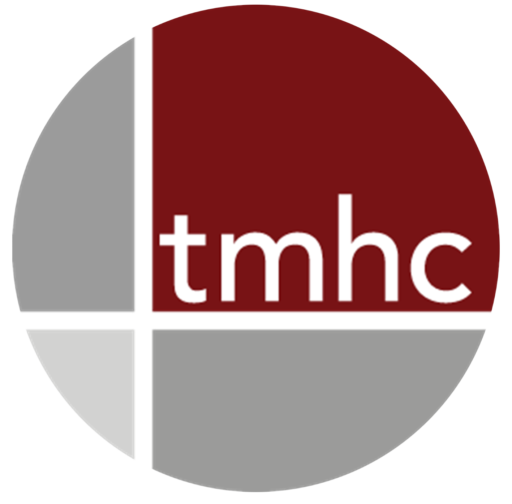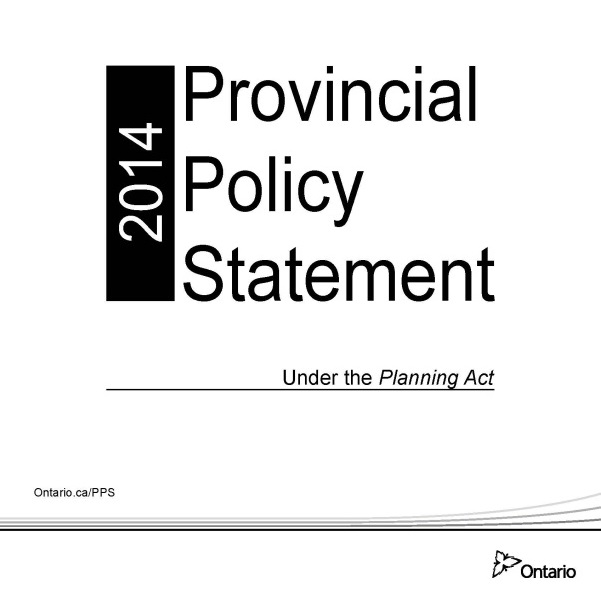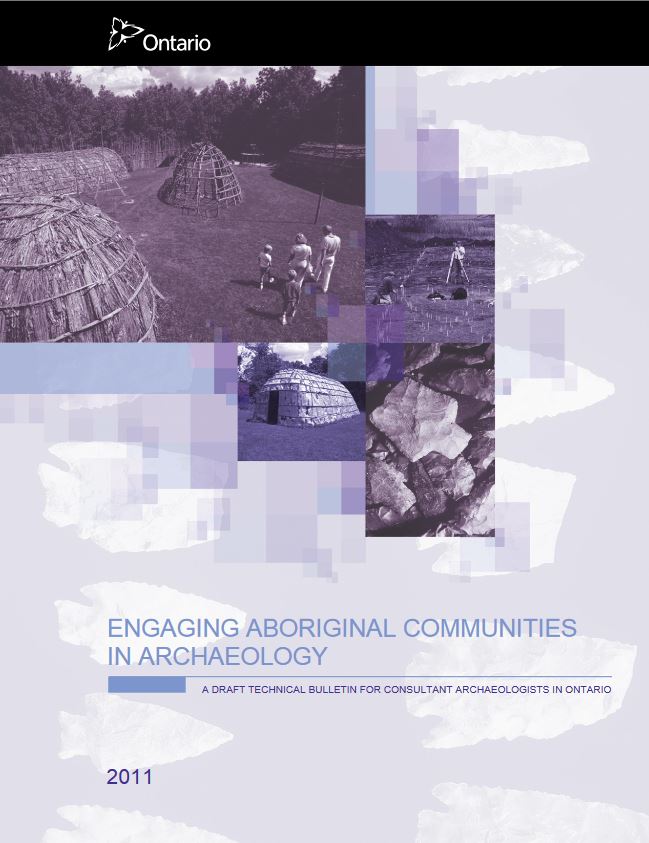Heritage, Indigenous Consultation and Land Use Planning
Every conflict has more than one cause at its root. Heritage resources and human burials have been a causal factor in a number of conflicts between Indigenous peoples and non-Indigenous peoples in Ontario over the last two decades. The events at Ipperwash Provincial Park and Camp Ipperwash and Douglas Creek Estates (Caledonia) are two well known examples of this.
Lesser known examples include:
- McClung Road (Caledonia) https://www.thespec.com/news-story/6270770-no-ruling-on-caledonia-injunction-to-stop-native-protests/
- Tutela Heights (Brantford), http://vitacollections.ca/sixnationsarchive/3247963/data
- Burleigh Bay (Decision October 6, 2017 Case No. PL150313) https://globalnews.ca/news/3795333/ontario-municipal-board-nixes-stony-lake-condo-complex/ and http://elto.gov.on.ca/tribunals/lpat/e-decisions/
- Spine Road (Elliott Lake) http://anishinabeknews.ca/2013/06/13/serpent-river-first-nation-challenges-subdivision/
- Southampton http://blackburnnews.com/midwestern-ontario/2018/02/08/stop-work-order-southampton-constrution-site/ and Saugeen Ojibway Nation Statement (1)(2)
The list of concerns deals with impacts to Indigenous Peoples’ asserted and treaty rights with respect to their cultural heritage as part of the approval process for development without sufficient consultation in the province. With the exception of Ipperwash, these examples share in common the land use planning approval process under the Planning Act (R.S.O. 1990) and the Provincial Policy Statement (PPS)(2014) under the Ministry of Municipal Affairs and in most places delegated to the local municipality.
The update to the PPS in 2014 was initially seen as a step forward for Indigenous consultation with respect to cultural heritage. Although it was updated to include new statements about the need for consultation with Indigenous Peoples, in the four years since it was issued it has proven relatively ineffective in creating the needed change. The impact of the changes fell well short of the expectations of most Indigenous communities and the bar set by other legislation such as the Green Energy Act (2009).
In addition, most of the Ministry of Municipal Affairs guidance with respect to cultural heritage, archaeology and Indigenous consultation has not been updated since the PPS was revised and is sorely out of date. The exception to this is a fact sheet on Archaeological Management Plans. Guidance on Indigenous consultation, Municipal-Aboriginal Relationships: Case Studies, was first published in 2009 and has not been updated since. In addition, three of the case studies presented were completed under the repealed Cemeteries Act (now Funeral, Burial and Cremation Services Act (2002)) and are unrelated to the approval process under the Planning Act (R.S.O 1990) or Provincial Policy Statement. Since the guidance was issued, significant changes have occurred with respect to Indigenous consultation in Canada, particularly as it relates to decisions within the land use planning process.
In the absence of clear direction from the Ministry of Municipal Affairs, municipalities are left to find their own solutions, with varying degrees of success, to the increasing pressure from Indigenous communities to be consulted on approvals under the Planning Act (R.S.O.) and PPS. In some instances, municipalities and development proponents are looking to companies in the cultural resource management industry, like TMHC, for advice and solutions.
The outcome of the OMB hearing on the Burleigh Bay Development is perhaps a first step towards overdue change by confirming that the duty to consult and accommodate as it relates to the PPS is the responsibility of the Provincial Crown and not third Parties such as proponents, municipalities or the OMB itself; however, the OMB recognised the ability of the Crown to delegate the procedural aspects of consultation consistent with Supreme Court of Canada rulings to that effect. In a lower court, the decision of Saugeen First Nation v. Ontario [2017] ONSC 3456 released in July 2017, although related the Aggregates Act (R.S.O. 1990), will also contribute to more clear planning-related direction around consultation with Indigenous communities.
The development of archaeological protocols by Indigenous Communities represents an increasing trend in alternative solutions to the provincial government’s reluctance to keep pace with developments in the heritage sector. Despite these community-oriented solutions often municipalities and proponents are exclusively directed to the requirements of the Ministry of Tourism, Culture and Sport with respect to archaeological assessments. These requirements are also sorely out-of-date having been issued in 2011. They also relate specifically to a narrow window of archaeological site types, not broader heritage.
Just as clear direction is needed from Ontario on the new protocols, standards, guidelines and policies issued by Indigenous communities for archaeology, leadership is needed in creating consistent, transparent policies and requirements for Indigenous consultation in the land use planning approvals process as it relates to cultural heritage.


